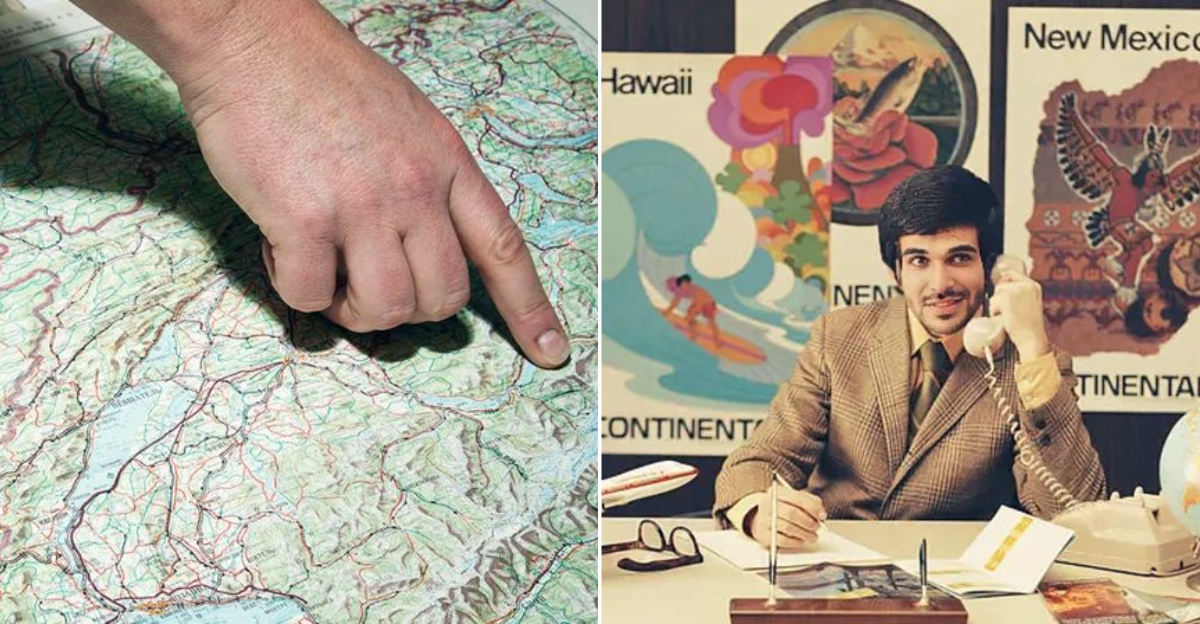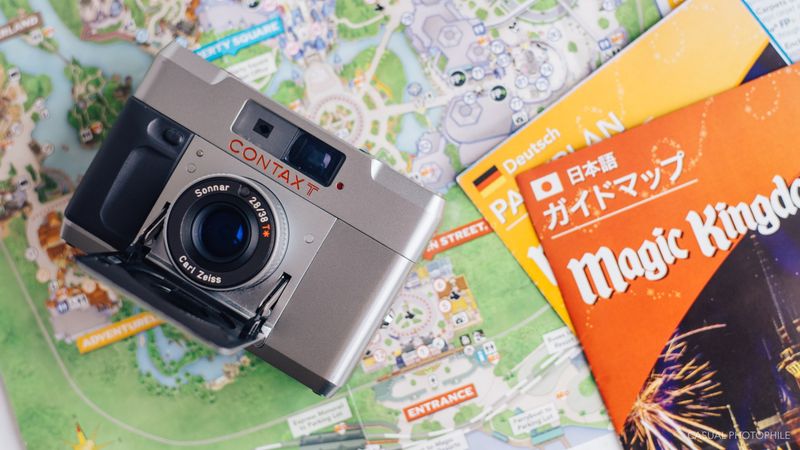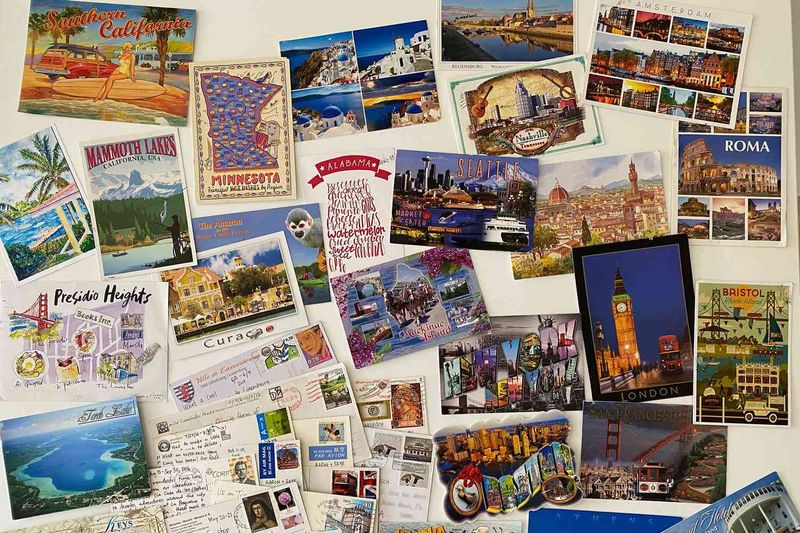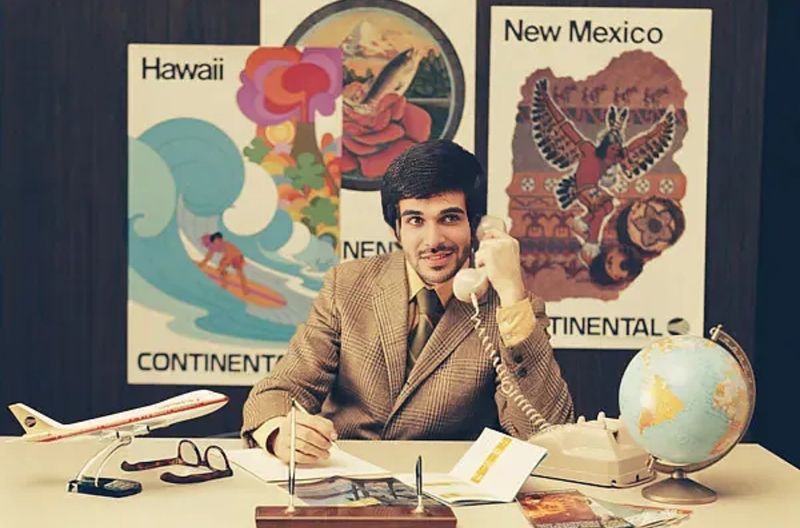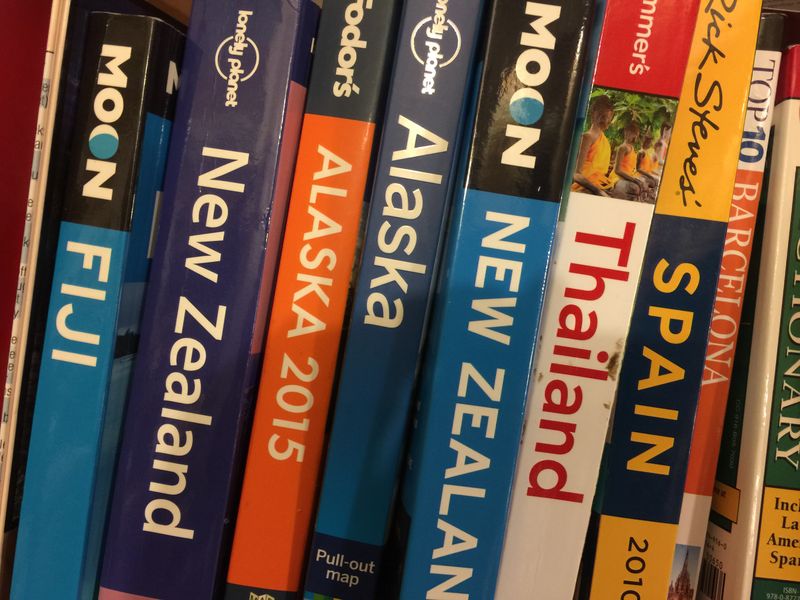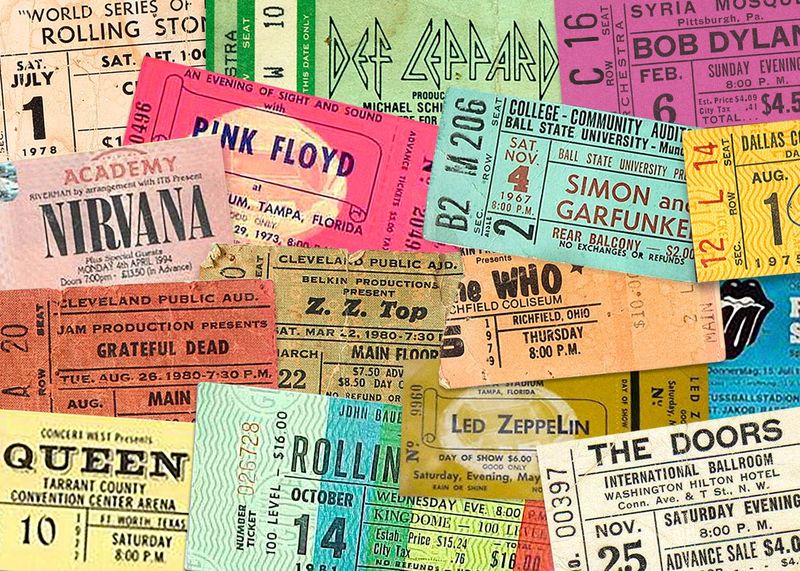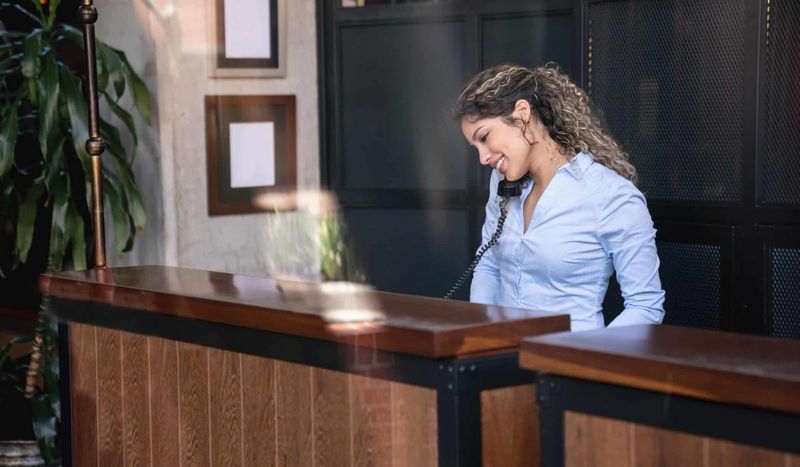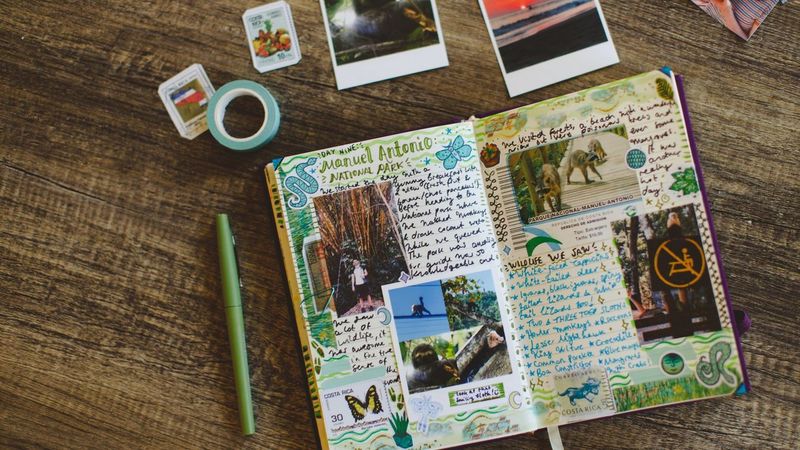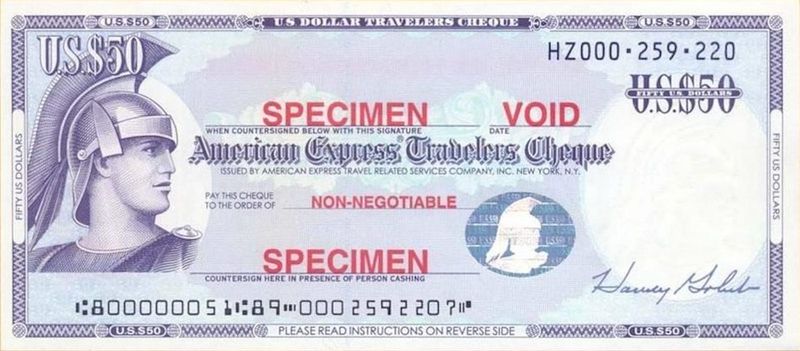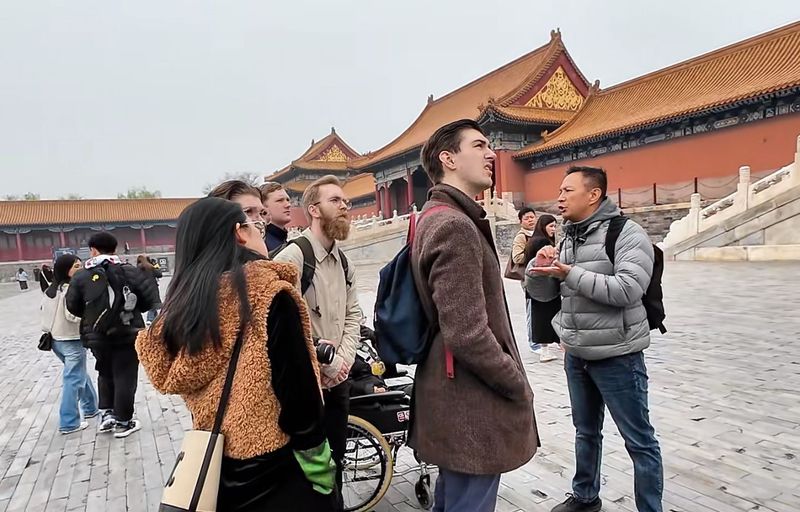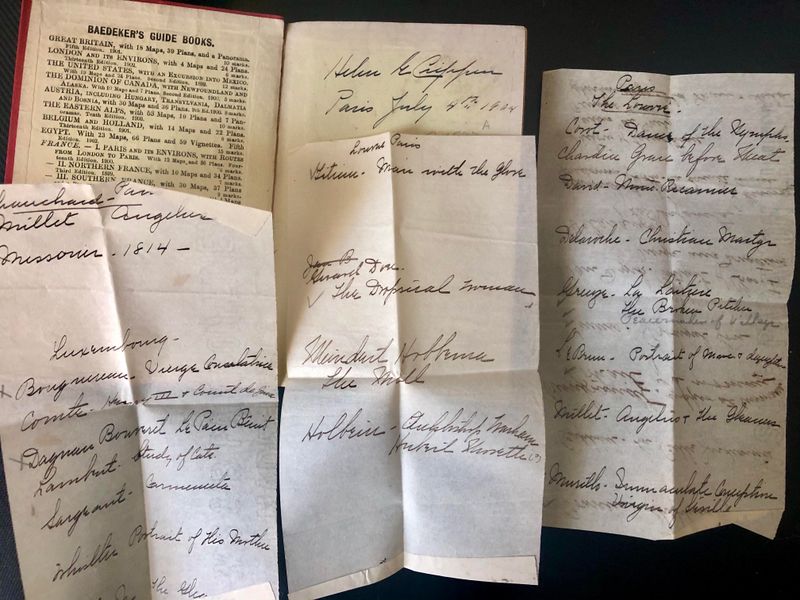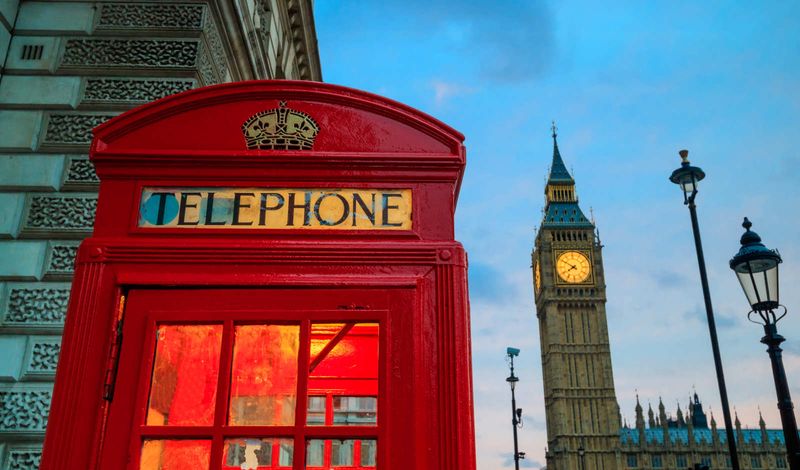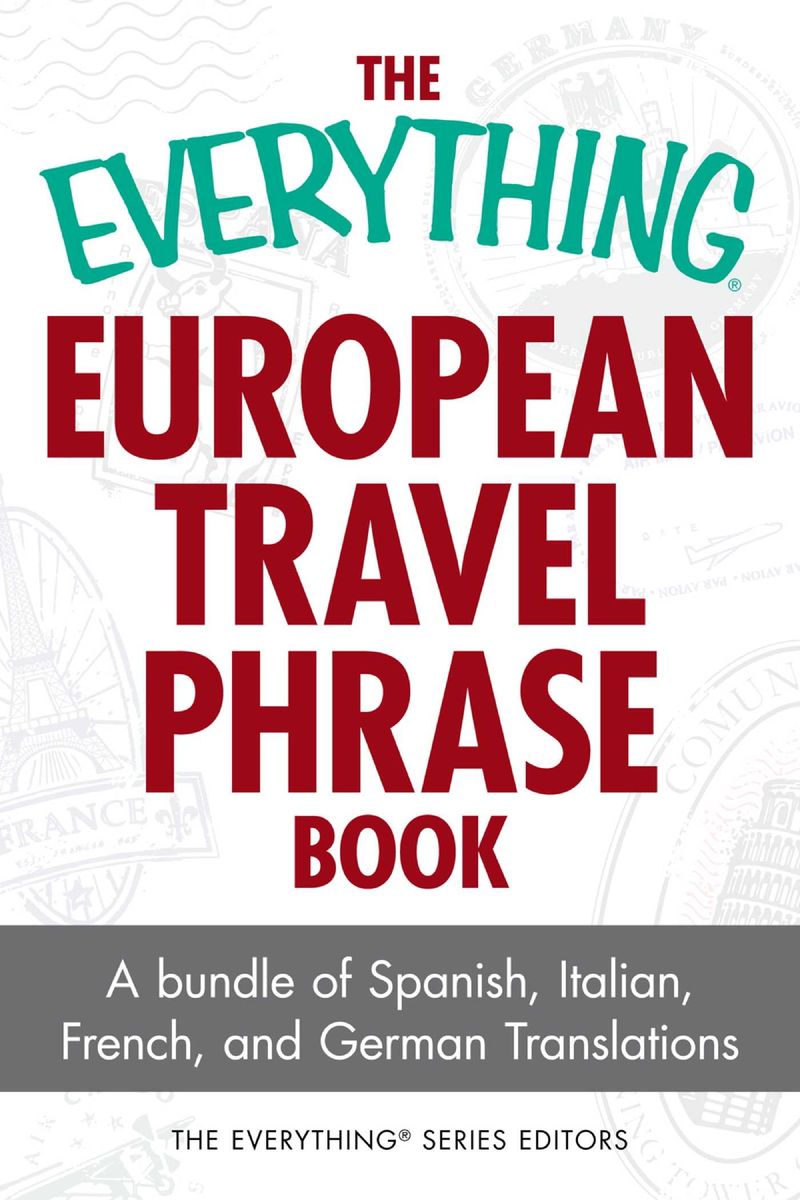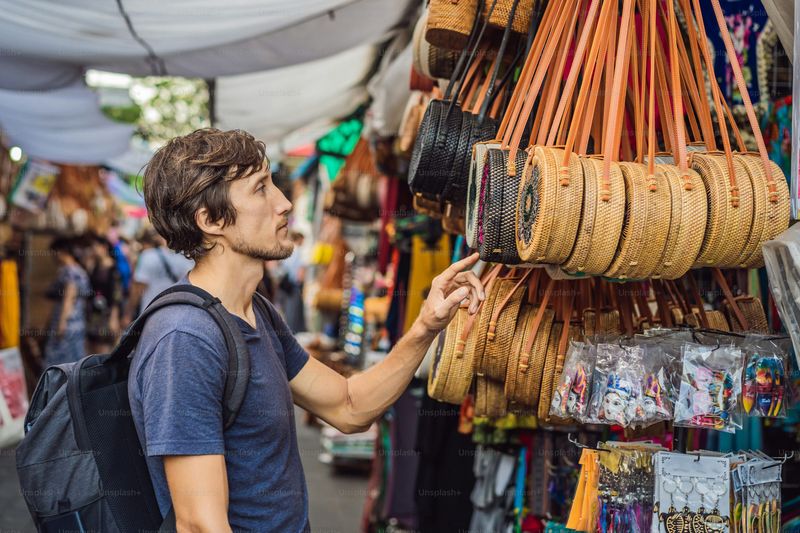Traveling before the internet became ubiquitous was a vastly different experience. It was a time when spontaneity and serendipity played major roles, where planning was less about algorithms and more about human interaction.
These days, a vacation often begins and ends with a screen, but let’s reminisce about what it was like before Wi-Fi and smartphones took over.
1. Film Cameras
Vacations before the digital age meant capturing memories on film. Each photo was a precious shot, leading to more thoughtful and intentional photography.
Film rolls limited the number of pictures, encouraging travelers to savor moments instead of snapping incessantly. Waiting for film development added excitement and anticipation.
Once developed, photos were treasured keepsakes, often shared in albums or frames. This tangible result of a trip made memories last, in a way digital files sometimes fail to.
2. Postcards
Sending postcards was a quintessential part of travel. Before instant messages, travelers shared their adventures via these small, picturesque cards.
Choosing the perfect postcard was a delightful ritual, often selecting images that captured a destination’s essence. Receiving a postcard felt personal, a tangible connection between friends and family miles apart.
Writing on the back, travelers shared highlights in a few heartfelt sentences. These mementos became cherished souvenirs for both sender and recipient, a snapshot of a journey with a personal touch.
3. Paper Maps
Remember the days when navigating meant unfolding a giant paper map? Before GPS, travelers relied on detailed maps to get to their destinations. Each map was an adventure, often leading to unexpected discoveries.
Folding them back was a puzzle itself! Paper maps turned navigation into a communal activity, where everyone in the car participated in route planning.
Towns felt more approachable as you traced routes with a finger, discussing potential detours. These maps, albeit cumbersome, added an element of surprise that digital navigation lacks today.
4. Travel Agents
Travel agents were the original search engines for planning vacations. With no internet to browse, people visited local agencies to find the best deals and destinations.
These experts offered personalized recommendations, making trips feel special and tailored. Relationships were built through face-to-face interactions, creating trust and rapport.
Agents handled everything from flights to hotel bookings, simplifying the process for travelers. In an era of screens, the human touch of a travel agent brought a comforting assurance. Their insider knowledge often led to unforgettable experiences.
5. Guidebooks
Guidebooks were the travelers’ bible before smartphones. These books offered insights into local attractions, culture, and dining, often penned by seasoned travelers.
Carrying a guidebook meant having a portable encyclopedia filled with maps and recommendations. Pages often had dog-eared corners and notes scribbled in the margins.
While limited in real-time updates, guidebooks inspired exploration and curiosity. Travellers discovered hidden gems and off-the-beaten-path adventures based on trusted authors’ experiences.
6. Paper Tickets
Air travel once required paper tickets, a tangible confirmation of your journey. These tickets were prized possessions, carefully guarded throughout the trip.
Losing one could mean a major setback, unlike today’s digital convenience. Holding a paper ticket added to the anticipation of the upcoming adventure.
Checking in involved presenting this physical evidence of your travel plans, transforming an ordinary piece of paper into something extraordinary. This tactile experience is now replaced by e-tickets and QR codes.
7. Hotel Reservations by Phone
Booking hotels required a personal touch, often done through phone calls. Travelers would call hotels directly, inquiring about availability and prices.
Conversations with hotel staff added a human element to reservations, allowing for personalized requests. This method ensured a unique stay, tailored to the guests’ needs.
Booking confirmation came as a verbal assurance, a stark contrast to today’s instant email confirmations. This approach fostered a sense of connection with the destination even before arrival.
8. Travel Journals
Travel journals were the blogging platforms of yesteryear. Without social media, travelers documented their journeys in journals, capturing thoughts and experiences.
These diaries offered a personal reflection on adventures, filled with sketches, ticket stubs, and pressed flowers. Writing in a journal became a cherished evening ritual, a way to unwind and process the day.
Reading back, travelers relived moments vividly, with each page telling a story more personal than any digital post.
9. Traveler’s Checks
Financing trips involved using traveler’s checks, a safe alternative to carrying large amounts of cash. These checks provided security, as they could be replaced if lost or stolen.
Exchanging them at banks became a routine part of the travel experience, immersing travelers in local customs and currency. Each transaction was an opportunity to engage with locals and practice languages.
Despite their inconvenience compared to credit cards, traveler’s checks added a layer of adventure and interaction.
10. Local Guides
Exploring new places often meant joining tours led by local guides. These guides offered intimate knowledge of their areas, sharing stories and secrets not found in books.
Engaging with a guide added depth to the understanding of a location’s history and culture. Every tour was unique, molded by the guide’s personality and expertise.
Personal anecdotes and recommendations enriched the experience, creating memories beyond the tour. Today, apps provide information, but lack the warmth of a personal guide.
11. Paper Itineraries
Travel plans were once detailed on paper itineraries, organized by time and location. Creating these was an art, balancing must-see sites with relaxation.
Each itinerary was a personal roadmap, often shared among travel companions. Adjusting plans meant crossing out and rewriting, reflecting real-time decision making.
These tangible plans were keepsakes, offering a glimpse into past adventures. Unlike digital calendars, they were a physical reminder of a journey’s structure and spontaneity.
12. Phone Booths
Before cellphone ubiquity, phone booths were lifelines for communication. Travelers used these booths to connect with loved ones or make reservations.
Finding a booth and waiting in line were part of the experience. Each call was cherished, as time was limited by coins.
The ritual of dialing and hearing the mechanical click of coins was a unique aspect of travel. Phone booths now serve as nostalgic reminders of simpler times.
13. Foreign Phrasebooks
Travelers once relied on phrasebooks to communicate abroad, flipping through pages to find useful expressions. These books were essential for navigating language barriers.
They fostered interactions with locals, often leading to amusing miscommunications and learning experiences. Carrying a phrasebook encouraged attempts at speaking the local language.
Today, apps translate instantly, but the charm of a pocket phrasebook lies in the genuine effort to connect.
14. Souvenir Shopping
Souvenir shopping was an essential part of vacationing, with every item telling a story of a place. Without online shopping, travelers discovered unique keepsakes by exploring local markets.
Bartering added excitement to the experience, creating memorable interactions with vendors. Each purchase was a tangible memory, a piece of the journey to bring home.
Souvenirs held sentimental value, reminding travelers of their adventures. This hunt for treasures is a tradition that continues, albeit with less mystery in the age of e-commerce.
15. Handwritten Letters
Writing letters was a heartfelt way to stay connected during travels. Without instant messaging, travelers penned detailed letters to friends and family.
Choosing words carefully, these letters shared stories and emotions, taking days or weeks to reach their destinations. The anticipation of receiving a reply added excitement.
Letters were personal and tangible, creating a deeper connection than digital communication. Today, this practice evokes nostalgia, reminding us of the art of letter writing.
